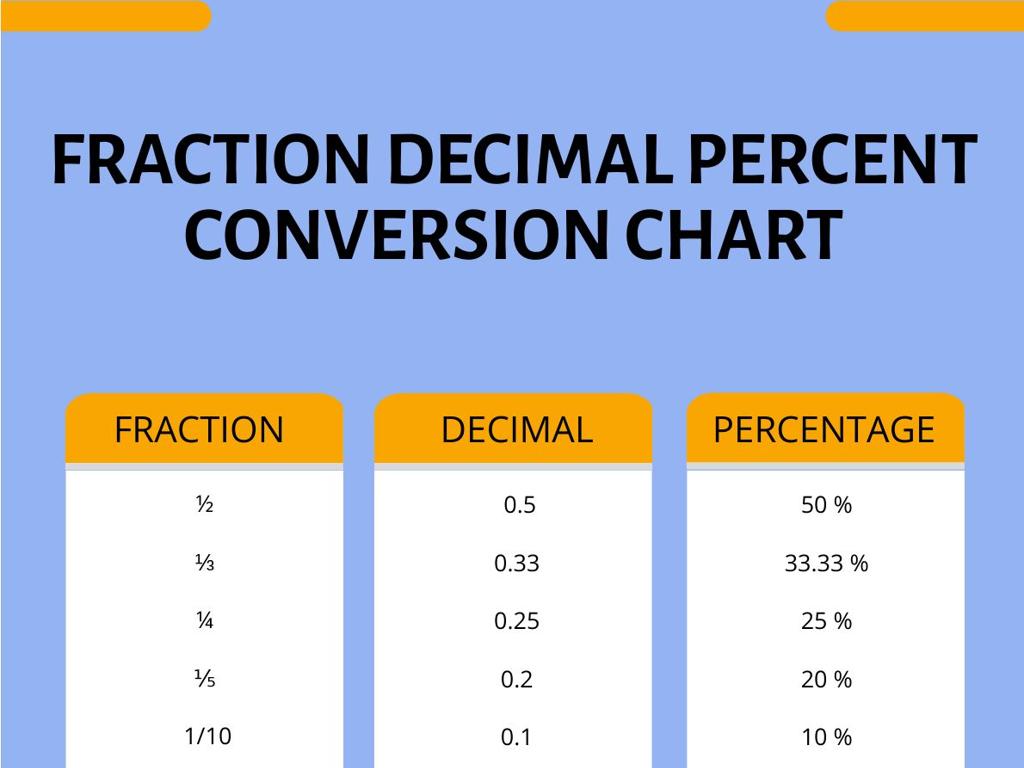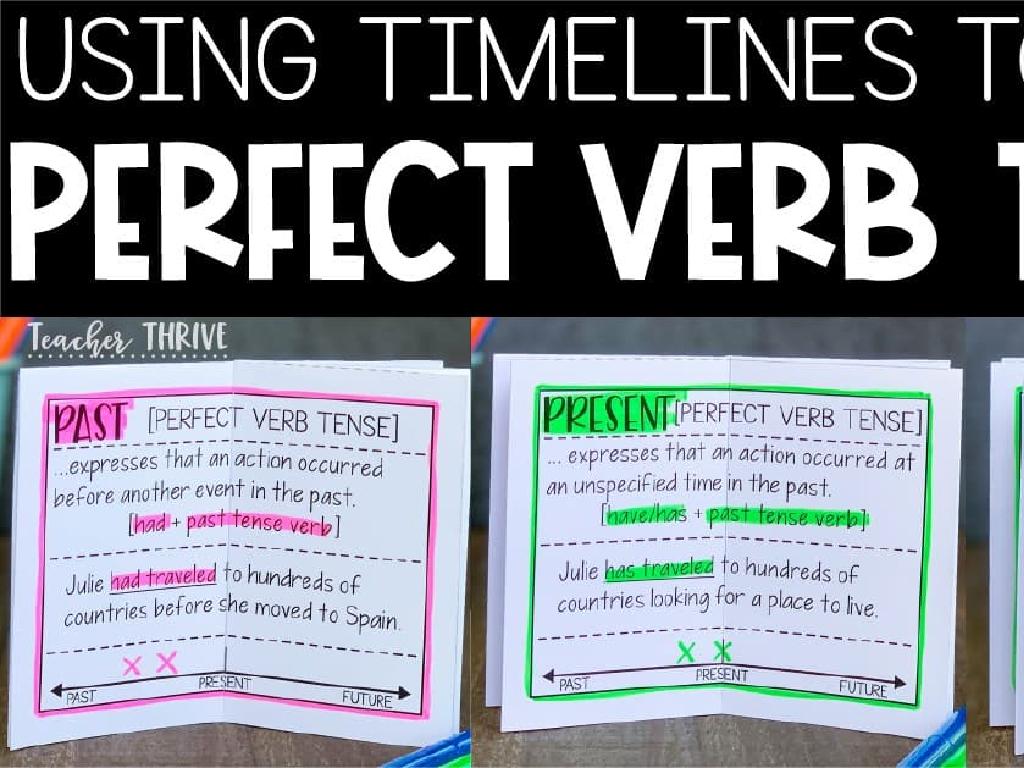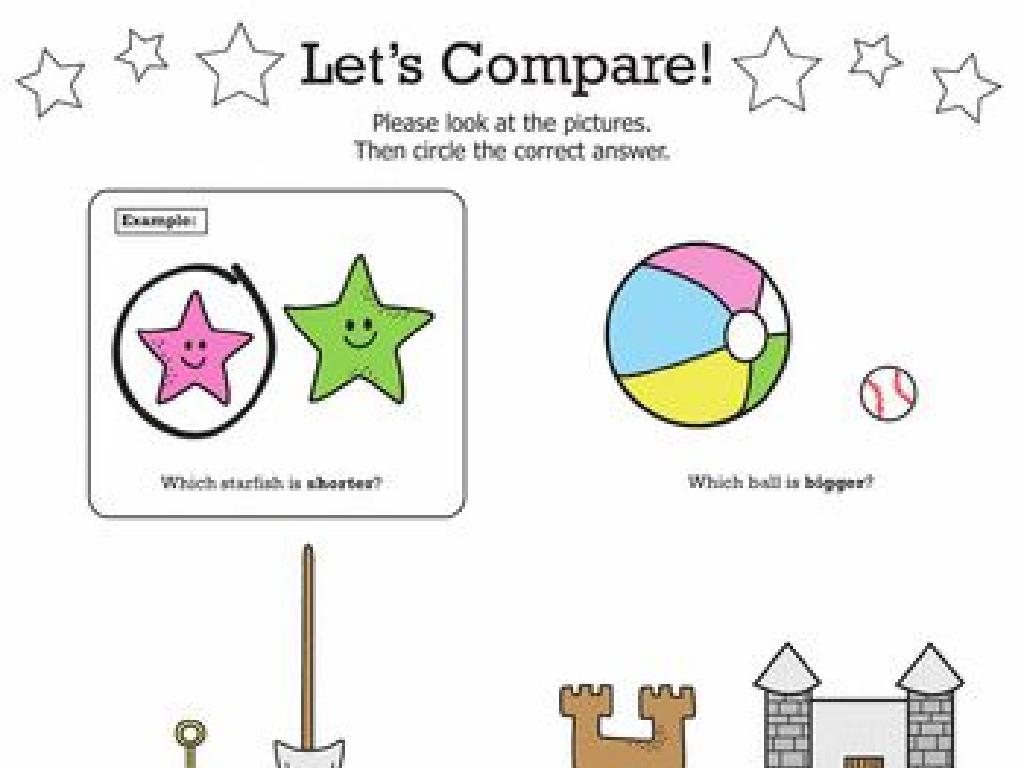Identify What Plant Parts Do
Subject: Science
Grade: Kindergarten
Topic: Plants
Please LOG IN to download the presentation. Access is available to registered users only.
View More Content
Welcome to the World of Plants!
– What is a plant?
– Plants have different parts
– Roots, stem, leaves, flowers, and fruits
– Each part has a special job
– Roots hold the plant, leaves make food
– Let’s learn and have fun!
– We’ll explore with examples and activities
|
This slide is designed to introduce kindergarten students to the basics of botany. Start by asking the class what they know about plants to engage them. Explain that just like humans, plants have different parts that help them live and grow. Discuss the main parts of a plant: roots, stem, leaves, flowers, and fruits, and their functions. Roots anchor the plant and absorb water and nutrients; stems support the plant; leaves use sunlight to make food; flowers can turn into fruits, which contain seeds. Use simple language and real-life examples that children can relate to, such as comparing plant roots to holding hands with the ground. Incorporate hands-on activities like drawing or handling plant parts to reinforce learning.
Meet the Plant Parts
– Plants have many parts
– Each part has a job
– Roots, stems, leaves, flowers, fruits
– Roots hold the plant in soil, stems support, leaves make food, flowers attract bees, fruits carry seeds
– Discover what each part does
|
This slide introduces the concept that plants, like humans, have different parts with different functions. It’s important to use simple language and relatable comparisons to help kindergarteners understand. Explain that roots are like feet because they hold the plant in place, stems are like our bodies because they support the plant, leaves are like a kitchen because they make food for the plant, flowers are like noses because they attract bees with their smell, and fruits are like backpacks because they carry the seeds which can grow into new plants. Use real-life examples or props like fruits and flowers to show these parts and their functions. Encourage the children to touch and see the different parts if possible.
Roots: The Plant’s Anchor
– Roots grow under the ground
– They secure the plant in soil
– Like a seatbelt for the plant!
– Roots absorb water for growth
– Think of them like a straw
– Roots are vital for plant health
|
This slide introduces the function of roots in plants, tailored for a kindergarten audience. Begin by explaining that roots are the part of the plant that we usually can’t see because they are under the ground. They act like an anchor to hold the plant in place, which is especially important when it’s windy. Compare the roots to a seatbelt that keeps the plant safe and secure in the soil. Then, describe how roots are like a straw, absorbing or ‘drinking’ water from the soil, which the plant needs to grow and stay healthy. Encourage the children to think of examples of roots they have seen, like when pulling out weeds or looking at vegetables like carrots. This will help them understand the concept of roots being a crucial part of a plant’s life.
Stem: The Plant’s Elevator
– Stems are like elevators
– They move water and food
– Water and nutrients go up, food made by leaves goes down
– Stems hold up the plant
– Like a strong tower, it keeps the plant standing tall
– Helps the plant reach sunlight
– Sunlight is needed for the plant to make its food
|
This slide introduces the function of the stem in a plant’s life. Explain to the students that the stem acts like an elevator, moving essential substances such as water and nutrients from the soil (roots) up to the leaves, and the food produced by the leaves back down to the rest of the plant. Emphasize that the stem is also like a strong tower, holding the plant upright so that it can get enough sunlight, which is crucial for making its food through photosynthesis. Use simple language and real-life comparisons to make these concepts relatable to Kindergarten students. You can demonstrate this with a simple experiment using celery and colored water to show how stems transport liquids.
Leaves: The Plant’s Kitchen
– Leaves make food for the plant
– Using sunlight, leaves make food to help the plant grow.
– Photosynthesis: Sunlight to food
– Photosynthesis is how a leaf uses the sun to make food.
– Leaves have different shapes
– Some leaves are big, some are small, and they come in lots of shapes!
– Importance of leaves for plants
– Without leaves, plants couldn’t make the food they need.
|
This slide introduces the concept of leaves as an essential part of a plant, focusing on their role in photosynthesis. Explain to the students that leaves are like a kitchen for the plant where it makes its food using sunlight. The process of photosynthesis is how plants convert sunlight into energy they can use. Highlight the diversity of leaves by showing examples of different shapes and sizes. Emphasize the importance of leaves in the survival of plants. For a more interactive experience, consider bringing in real leaves for the students to touch and see the variety themselves.
Flowers and Fruits: The Plant’s Family
– Flowers: the pretty part of plants
– Fruits carry seeds for new plants
– Seeds inside fruits can grow into new plants
– We eat many kinds of fruits
– Fruits like apples and oranges are tasty and healthy
– Apples and oranges come from flowers
|
This slide introduces the concept of flowers and fruits and their roles in the life cycle of plants. Flowers are not only beautiful but also serve a crucial role in reproduction, leading to the formation of fruits. Fruits are the carriers of seeds, which can be planted to grow new plants. Highlight examples of common fruits such as apples and oranges, which children are likely familiar with, to make the connection between the flowers they see and the fruits they eat. Encourage the children to think of other fruits they know and discuss whether they have seeds. This will help them understand the relationship between the two and the concept of plant reproduction in a simple and relatable way.
Let’s Review: Plant Parts and Their Functions
– Name the parts of a plant
– Functions of each part
– Roots absorb water; leaves make food; stem supports plant; flowers attract bees.
– Importance of all parts
– Every part works together to keep the plant healthy and growing.
– Activity: Draw & label a plant
– Use colors to show different parts; share your drawing with the class.
|
This slide is a review session for Kindergarten students on the topic of plant parts and their functions. Start by asking the students to recall the different parts of a plant. Then, discuss the role of each part: roots for absorbing water and nutrients, leaves for photosynthesis, stems for support and transport, and flowers for reproduction. Emphasize the importance of each part and how they contribute to the plant’s overall health and ability to grow. Conclude with a fun drawing activity where students draw and label a plant, reinforcing their understanding of the material. This activity also allows for creativity and can be a great way for students to visually express what they’ve learned.
Class Activity: Plant Part Hats
– Create your plant part hat
– Choose a plant part to represent
– Could be a leaf, stem, root, or flower
– Explain your plant part’s job
– What does your chosen part do for the plant?
– Wear your hat proudly in class
|
This activity is designed to help Kindergarten students understand the different parts of a plant and their functions in a fun and interactive way. Teachers should prepare materials for hat-making in advance, such as construction paper, scissors, glue, and markers. Provide examples of plant parts and their roles: roots absorb water, stems support the plant, leaves make food, and flowers can make seeds. Encourage creativity and assist students in constructing their hats. Once completed, each student will wear their hat and share what they’ve learned about their chosen plant part. This activity not only reinforces the lesson but also allows for a show-and-tell dynamic, fostering public speaking skills and peer learning.





